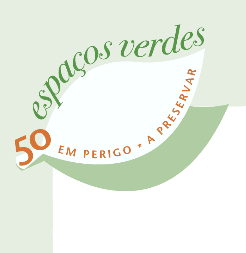In Japan, which is based on agriculture, there has long been an intermediate zone of forests between the places where people live and the untouched wilderness. The first confirmed written reference to satoyama dates back around 250 years, but modern archeology has demonstrated the existence of such areas as far back as the mid-Jomon period, over 5,000 years ago ...


BBC Natural World Satoyama Japan's Secret Garden : Sir David Attenborough (narração)
http://www.pbs.org/wgbh/nova/satoyama/
"Imagine a realm where the seasons' rhythms rule - where centuries of agriculture and fishing have re-shaped the land, yet where people and nature remain in harmony. Sangoro Tanaka lives in just such a paradise. At 83, he's a guardian of one of Japan's secret water gardens. Here - over a thousand years - towns and villages have developed a unique system to make springs and water part of their homes. From inside these homes, the streams pour into Japan's largest freshwater lake, Lake Biwa - an area 5 times the size of Paris - near the ancient capital of Kyoto. This is a habitat so precious the Japanese have a special word for it: "Satoyama" - villages where mountains give way to plains. They are exceptional environments essential to both the people who maintain them and to the wildlife that now share them."
http://topdocumentaryfilms.com/satoyama/
http://www.treehugger.com/files/2009/01/satoyama-japan-mountain-farms.php
For at least 2,000 years, a unique way of life has flourished around the shores of Japan's largest freshwater lake - Lake Biwa - fed by more than 500 rivers that descend from the rugged, forested interior of Honshu Island. To exploit the abundant mountain water, generations of farmers have transformed the foothills surrounding the lake into a maze of ingeniously engineered terraced fields. The balance between humans and nature is reflected in the Japanese name for the cultivated areas: satoyama.
http://en.wikipedia.org/wiki/Satoyama
http://en.wikipedia.org/wiki/Lake_Biwa
http://www.lbm.go.jp/english/
http://www.kippo.or.jp/culture_e/water/water.htm
http://www.lberi.jp/root/en/bkjhindex.htm

Satoyama Landscape : um esquema segundo Yamamoto



http://cses.ses.usp.ac.jp/en/environment.html
AMBIO: A Journal of the Human Environment
http://www.cyberoz.net/city/sekine/gallery.htm
http://www.ias.unu.edu/sub_page.aspx?catID=130&ddlID=474
http://ourworld.unu.edu/en/2009/01/13/harvest-time-in-satoyama/
-


Funa zushi
Crucian carp sushi 鮒鮨
The origin of sushi in Japan ´







-3.jpg)


















0 comentários:
Enviar um comentário